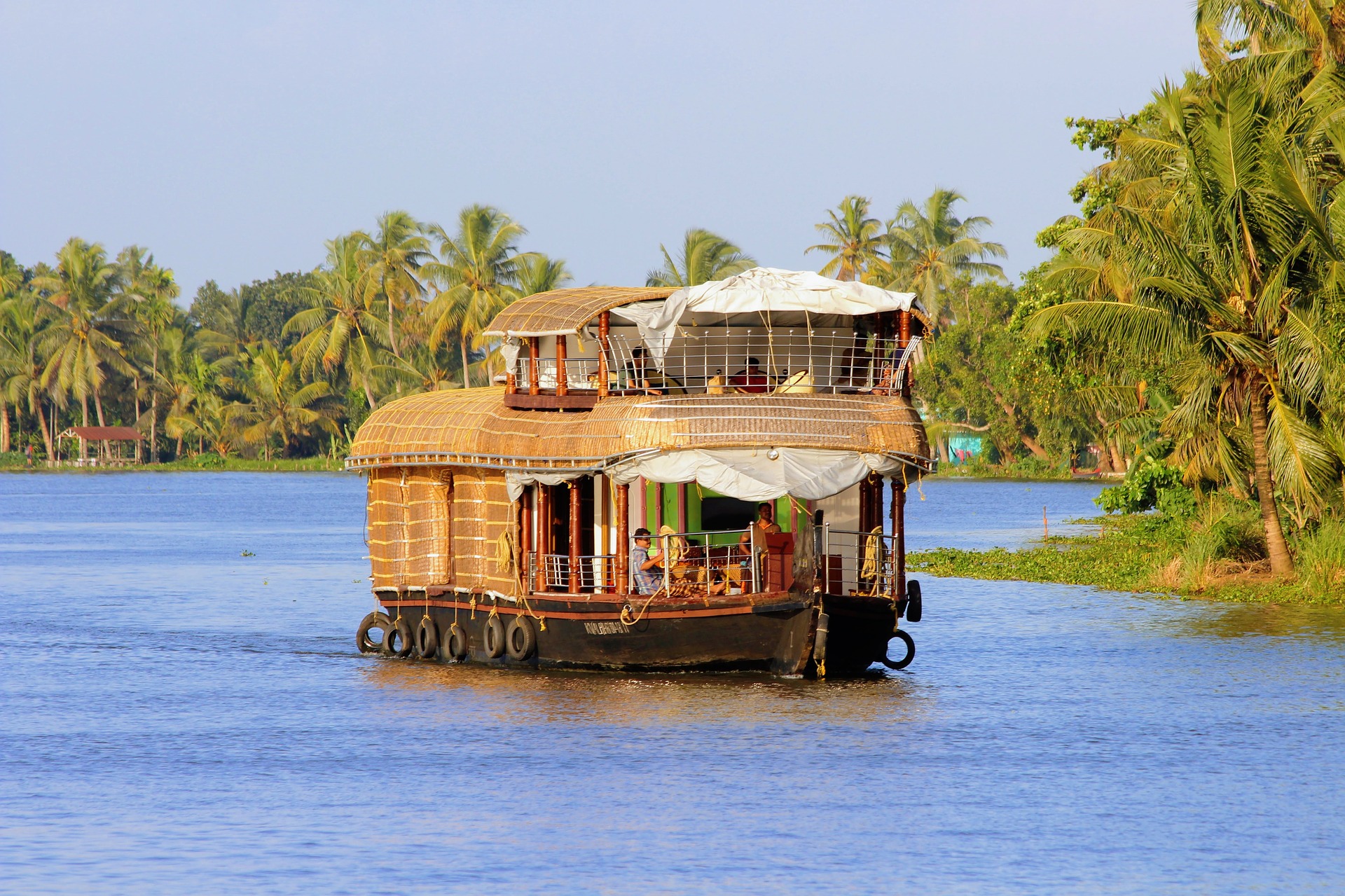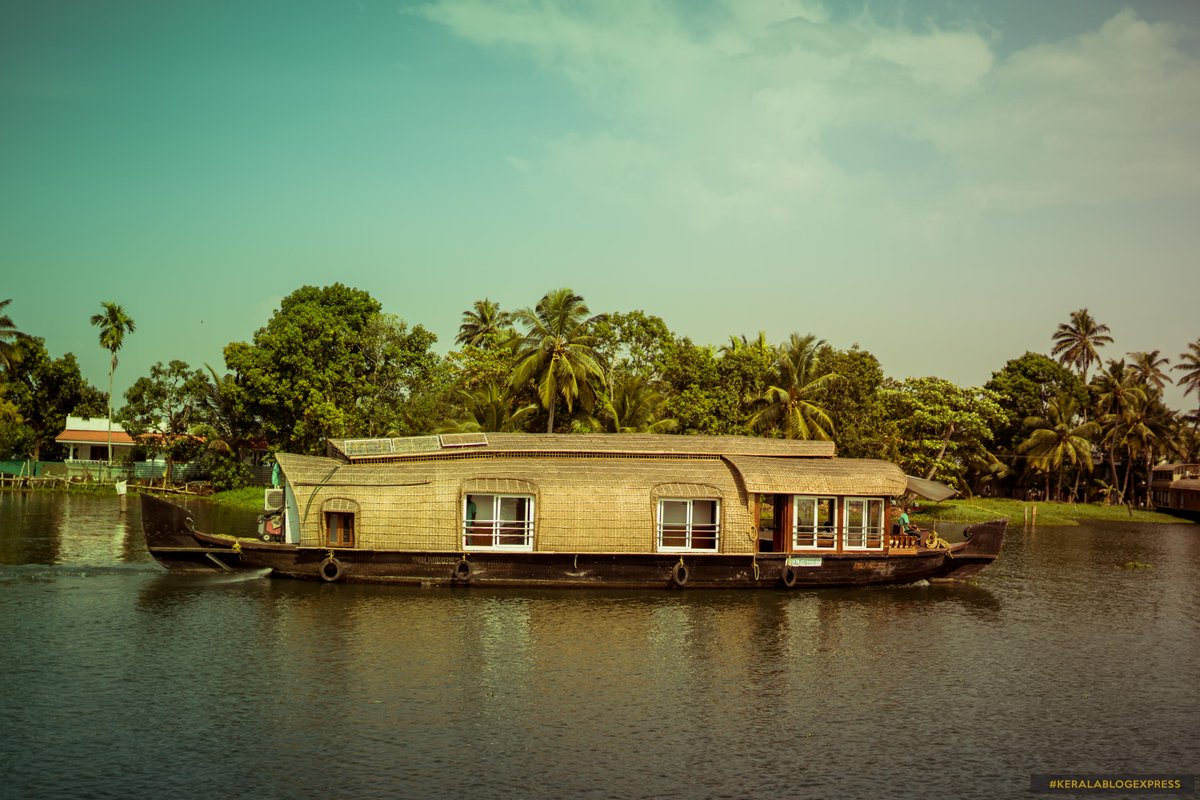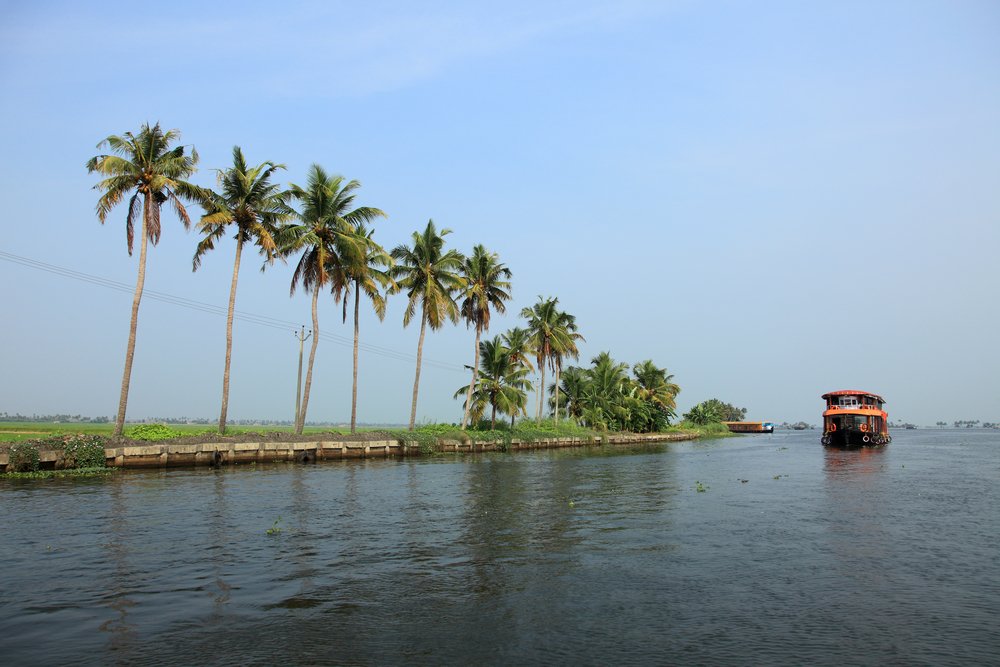RT Mission to work on lake pollution by houseboats: Kadakampally


Vembanad lake in Alappuzha, famed for its ornately carved traditional houseboats, is the centerpiece of Kerala’s tourist trade. Pollution is turning the largest wetland ecosystem in south India, Vembanad lake in Alappuzha into a weed-clogged swamp, hampering the recovery of tourism in the region.
Cleaning up the lake is vital to tourism and referring to this the Kerala state Tourism Minister Kadakampally Surendran said the Responsible Tourism Mission will lead the cleaning up activities of the lake. “The RT Mission will initiate various measures, including a ban on plastic in houseboats, their classifications and various other cleaning activities to rectify the situation,” the minister said.
 A study conducted by Alappuzha district panchayat in 2012 revealed that houseboats are “killing” Vembanad Lake, by dumping huge amount of waste into it, which is also destroying the fish wealth in the lake. According to the study, there were 604 houseboats being operated in the district by 18 companies, in addition to 308 private motorboats and 33 speedboats. These houseboats discharge a total of 23,0160 litre of waste water into Vembanad Lake per day, slowly killing the lake. Houseboats in Panavally dump 1,600 litre of waste water; those in Mannancherry and Kayamkulam dump 520 litre and 400 litre, respectively. There are many houseboats which run without the clearance certificate or pollution control certificate and make the situation worse.
A study conducted by Alappuzha district panchayat in 2012 revealed that houseboats are “killing” Vembanad Lake, by dumping huge amount of waste into it, which is also destroying the fish wealth in the lake. According to the study, there were 604 houseboats being operated in the district by 18 companies, in addition to 308 private motorboats and 33 speedboats. These houseboats discharge a total of 23,0160 litre of waste water into Vembanad Lake per day, slowly killing the lake. Houseboats in Panavally dump 1,600 litre of waste water; those in Mannancherry and Kayamkulam dump 520 litre and 400 litre, respectively. There are many houseboats which run without the clearance certificate or pollution control certificate and make the situation worse.
The Olden Days


It is hard to believe that houseboats were not seen in the Kerala tourism map until 1990s. The traditional non-motorised houseboats, called ‘kettuvallams’, were used to transport rice, fish and other items from Kuttanad to Kochi and nearby areas. Better road connectivity and availability of other transport facilities took the role of kettuvallams. However, in 1990s some entrepreneurs, on a pilot basis, modified the discarded boats and took foreigners for a ride. The foreigners seemed to have enjoyed the new ride through the backwaters of Alappuzha and soon, the business has flourished. But, with the arrival of the then prime minister Atal Behari Vajpayee who took a houseboat ride in Kumarakom in December 2000, the scenario has changed. Domestic tourist inflow has since recorded a surge annually.At a time when the foreign tourists preferred calm rides in non-motorised boats, the domestic tourists, who arrive in large groups, wanted faster boats, loud music and wild celebrations. Thus began the transformation to the present form of houseboat tourism.
 Concerns about pollution from the oil outflow from the boats arise during 2005-06 period. A case was filed before the Kerala Lok Ayukta, which ordered all engines be made inboard to reduce pollution. The bigger problem was the onboard toilets which were directly draining into the lake. A few years later, another case was filed in the Lok Ayukta, over the issue of toilets and the Lok Ayukta ordered that provision for biotoilets should be made.
Concerns about pollution from the oil outflow from the boats arise during 2005-06 period. A case was filed before the Kerala Lok Ayukta, which ordered all engines be made inboard to reduce pollution. The bigger problem was the onboard toilets which were directly draining into the lake. A few years later, another case was filed in the Lok Ayukta, over the issue of toilets and the Lok Ayukta ordered that provision for biotoilets should be made.

As per the demands of the houseboat owners, a Septage Treatment Plant (STP) for periodic cleaning of the biotoilets in the houseboats was set up by the government in 2014. Each houseboat is supposed to visit the STP once in four months to flush clean the biotoilets. Houseboat owners have to produce proof of these visits to get their annual licence renewed. However, many of them paid visits annually, while there were many who never bothered to visit at all.

In 2015, the department of environment and climate change commissioned the Nansen Environmental Research Centre India (NERCI) to conduct an environmental impact assessment on the effects of houseboats on the Vembanad lake ecosystem. The study found the houseboat operation on the lake to exceed the carrying capacity of the system. The lake was found to be in a state of ecological deterioration.
The irresponsible tourists are also adding to the worries by throwing plastic and food waste into the lake. There’s a thick layer of plastic underneath and if we fail to act anytime soon, the waste is going to surge up and completely damage the ecosystem of the lake.



